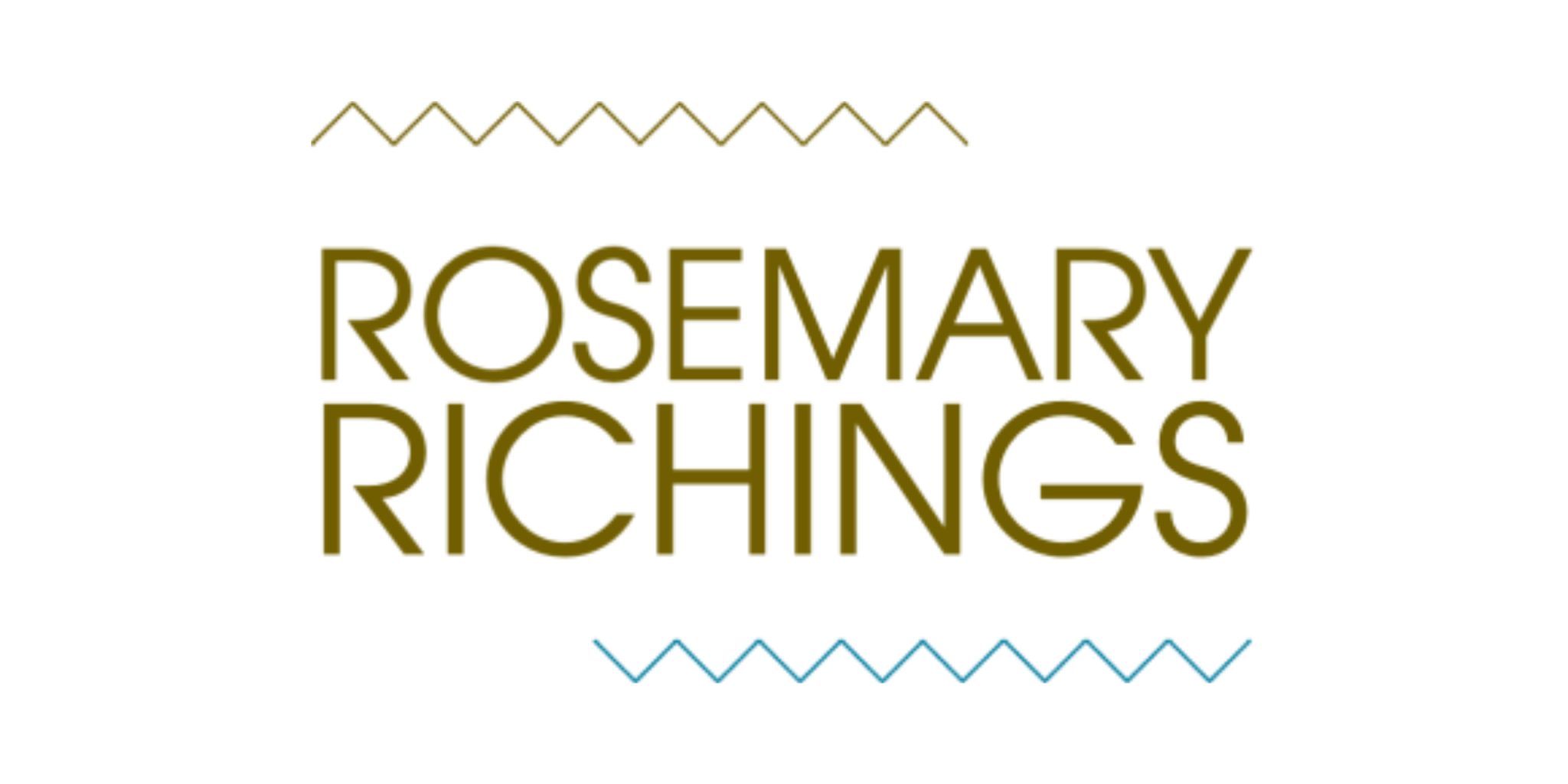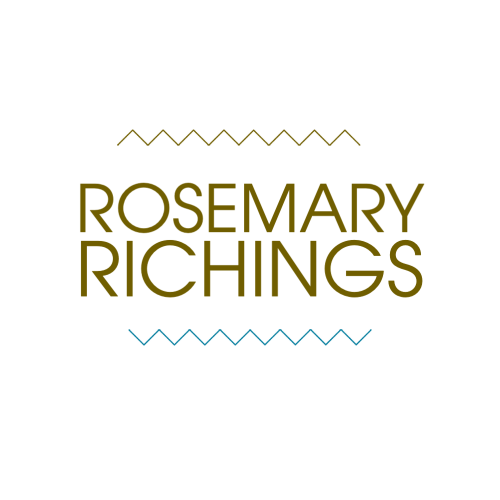Chances are you’ve seen this approach to selling anything before. And I think a great example of this showed up in an ad on my Facebook Feed recently. The promise was basically this: a course that teaches people how to sell anything without content creation, lead generation, and “boring” networking. And the alternative are targeted ads and emails which are fully automated machines making decisions based on arbitrary assumptions about what people actually want. So…Facebook and Google-like algorithms basically. Approaches like that always make me feel like they have something to hide. Because it eliminates humans from the equation.
I don’t know about you, but anything I buy needs to earn my trust first. And it turns out I’m not the only one. We’re living in an age of holistic branding being the new norm. So more and more consumers want to know what a brand stands for before they whip out their wallets.
So, if you want to sell anything, how do you connect with other people?
When I wrote the first draft of this post, my partner and I took our computers to a coffee shop we’ve never been to. And a great example was the number one thing that made it a good experience: the attentiveness of the staff. It was a really hot day that day, so we both ordered cold beverages. Rather than just processing those orders verbatium, she took that one step further and got us glasses with ice as well.
In any industry, your goal when selling anything is basically this:
Someone has a problem. And you’re the solution to the problem. That’s exactly why targeting based on generic assumptions rather than immediate needs is so ineffective.
Even if you’re not a coffee shop, success is about finding out what your customers really want. It’s really just a matter of asking the right questions and hanging out in the same places as your customers to find out what they really need.
And if you’re scratching you’re head and going:
“What does that really mean?”
Keep on reading to find an answer to all your questions.
1) If you want to sell anything, share experiences customers can learn something from
Whether it’s through somewhere like a Facebook group, or it’s in your weekly newsletter nothing makes your brand more memorable than content that uses personal experiences to teach people something:

Because my article on being productive as a freelancer when experiencing a slow season reflected on my own experiences, other freelancers didn’t feel like what they were going through was unusual. And as a result, they wanted to reciprocate by giving me a social media follow, checking out my website, and reading this blog.
But how exactly do I know this? I had a spike in web traffic and social media followers shortly after the article was published.
This is a classic example of personalized content, which is designed to speak to a specific group. Because of its concentrated personalization, people are more likely to subscribe, buy what you’re selling, and become a loyal subscriber. That’s exactly what why it falls under the category of content that can sell anything.
2) Make people feel included in what’s going on
When I’ve had the guts to make guest appearences on places like blogs, podcasts, etc and be truly vulnerable, the pay off is always immense. A great example of this was my guest appearence on the Creatives Crushing Anxiety podcast.
When the host published a version of the episode on her blog (All the Things I do), the comments section got infested with other business owners who called my story “inspiring”:

And there’s an extremely specific reason why this is a tactic that works. It’s 100% thanks to a tactic called transparent marketing.
But what is transparent marketing? And why does it work. Here’s an example of this approach in action…
When he told his story of being homeless in Colombia when he was a child, Entrepreneur contributor Luis Congdon released a powerful of transparent marketing. In fact, this opened doors for new business opportunities.
Before that, Luis played it safe with his content marketing in the name of keeping things “professional”. And no one engaged with his content or bothered to form a professional relationship with him.
To see this tactic in action, let’s return to that podcast episode I did for a second. Turns out this is number 7 on my list of web traffic sources, according to Google Analytics:

3) Share everything that helps people understand your process
As I’ve found with a majority of my content, giving people a sneak peek behind the scenes, especially if it’s on a high traffic site has a giant impact. That’s exactly why it can be a great way to sell anything. In fact, one of my process focused posts led to a great client lead, because of its niche, yet large reach:

By revealing my process via my Search Engine Journal article, I’m accomplishing something extremely valuable: peoples’ trust, which is all you really need to sell anything. This trust builds based on something reciprocal: I shared a personal experience to a stranger, and they’re willing to learn more, because I was willing to open up to them.
And it works the same way as most healthy relationships you’ve likely had in your lifetime…
You buld a mutual understanding, you help each other, and the whole thing just flourishes and grows. With something like an ad, you can’t build a relationship that is equally as meaningful. Because you become “the person someone saw in that ad”, rather than a person that customers can have an actual conversation with.
So, the best approach for you really just depends on the kind of relationship you want to have with your customers.
PS: New articles are published bi-weekly on Mondays. Browse more posts:
50+ B2B articles →
100+ writer-to-writer articles →




